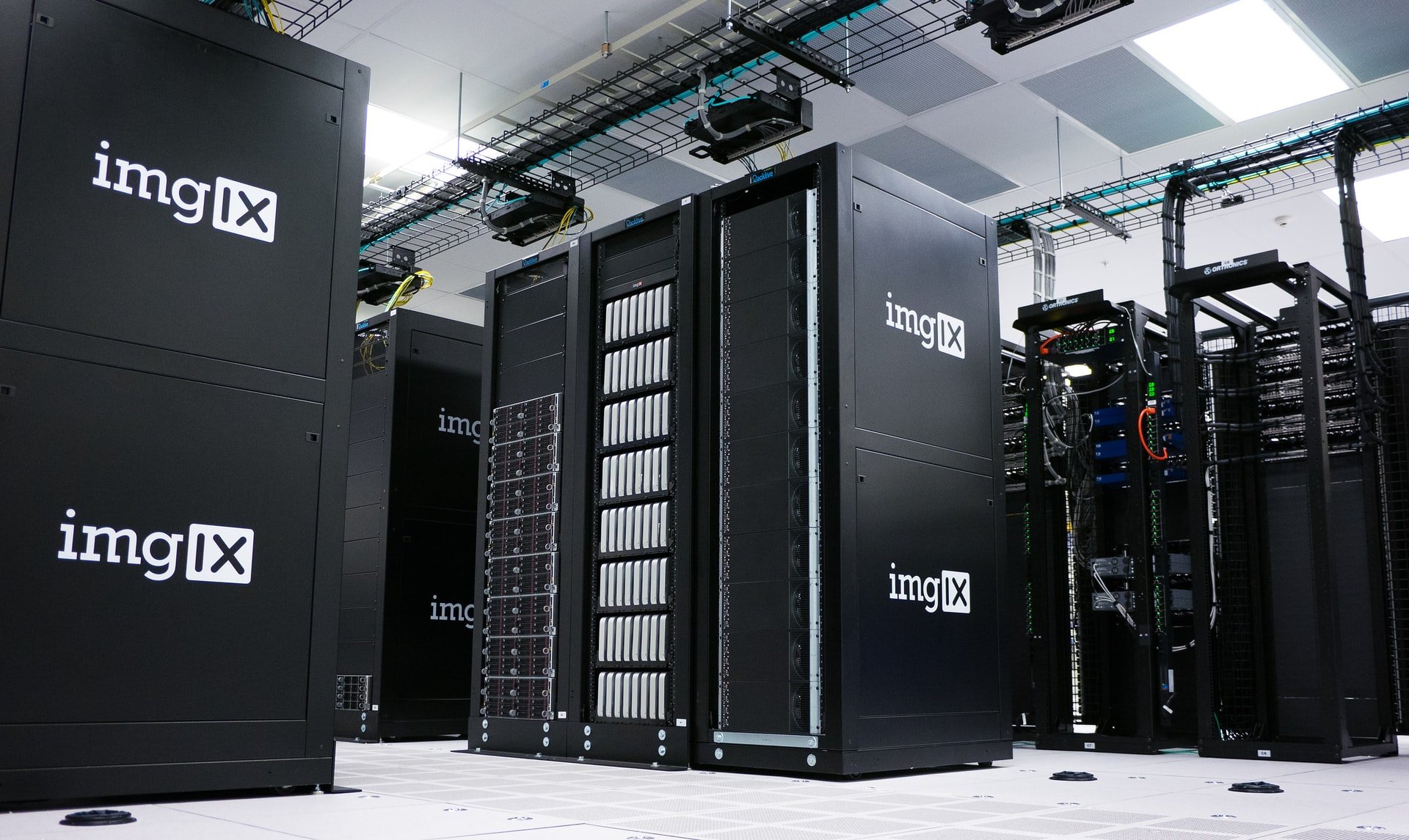
Cloud Versus On-Premise ERP Cost Comparison
As you plan your business, you’ll want to figure out how to manage your data storage needs and run other functions effectively. Thankfully, you can use simple enterprise resource planning (ERP) software like SAP Cloud ERP solutions to manage your operations. But what is the purpose of SAP Cloud ERP? This software is designed to help you manage every aspect of your business with a single integrated solution.
Before you install your ERP solution, you need to know if it’s cloud-based or on-premise. This is important because the two options have different cost dynamics. This article will take you through the cloud versus on-premise cost comparison to help you figure out which one is more cost-effective for your company.
What Is Cloud Computing?
Cloud computing is the use of third-party computing resources to run applications through the internet. With a cloud solution, you don’t have to purchase, install, or manage servers. Therefore, you can run your business’s data storage and management operations entirely on an internet browser.
Cloud computing makes it possible for enterprises to cut the cost of managing and storing their data. It also improves their daily operations and flexibility. With a cloud ERP solution, a company can easily manage every aspect of its business without investing in expensive hardware and software.
What Is On-Premise Computing?
On-premise computing is the use of software that has been installed on your business’s computers. On-premise software combines a database and modules to handle your organization’s unique needs regarding automation of systems and functions.
Cost Comparison
Software and Hardware Installation Costs
A cloud ERP for business doesn’t require you to make a significant hardware and software investment because you’ll be using third-party computing resources for a monthly fee. With an on-premise solution, you have to buy your server licenses upfront, which can be quite costly.
Hardware Maintenance and Replacement Costs
With a SAP Cloud ERP solution, businesses don’t have to worry about the cost of maintaining and replacing hardware. Companies that use on-premise ERP infrastructure have to replace the hardware routinely to ensure it matches the evolving needs of their business. Companies that choose this solution must also replace their servers when they become obsolete.
Additional Storage Costs
With on-premise infrastructure, a business might end up needing to purchase additional storage space when its servers are full. As a company receives new customers, it may need to increase its storage capacity, which could require extra servers. Using a cloud solution, a company only pays for what it uses, the cost of increasing storage capacity or purchasing additional servers is transferred to the third-party resource provider.
Power and Electricity Costs
Since an on-premise infrastructure is established on a business’s premises, that company bears the cost of its operation, including electricity bills. With a cloud-based solution, a business is only obligated to pay the cost of powering their computers and routers, a cost considerably lower than that of powering an on-premise infrastructure.
Why Cloud ERP?
Overall, the cost of running a cloud-based ERP solution is much lower than that of on-premise infrastructure, making cloud software the better option for most businesses.